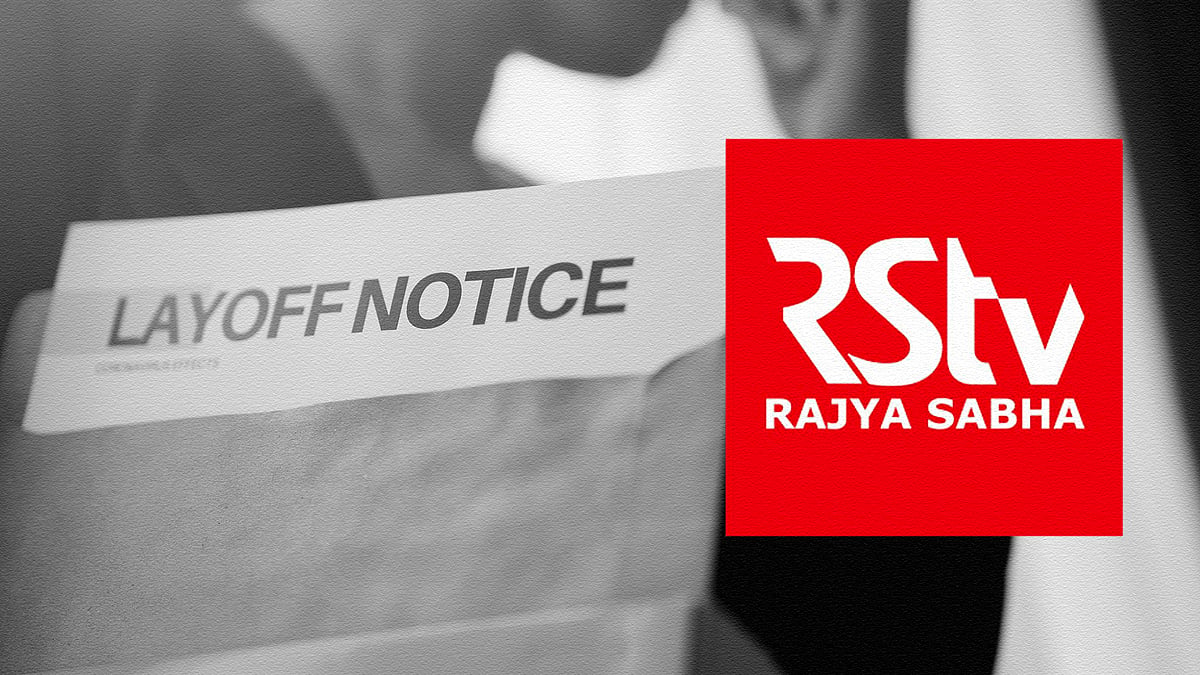HuffPost India is history, thanks to new FDI norms
The news website’s closure in India was caused by Narendra Modi government’s new foreign direct investment norms for digital media.
Huffington Post shut its operations in India on November 24. The move was sudden, since all story links on the website led to a grim goodbye page last evening. “As of November 24 HuffPost India will no longer be publishing content,” said black and green text over a white background. “For more great global content, please visit HuffPost.com. We thank you for your support and readership.”
A spokesperson at Verizon Media, which owns HuffPost, confirmed to Newslaundry that the India edition has been closed “with immediate effect”. “We would like to thank the HuffPost India team for their hard work and contribution to the organisation,” the spokesperson said.
Founded as Huffington Post in 2005, the website gained readership in the dying years of the George W Bush administration in the United States. It arrived in India — its 13th global edition — in late 2014, hand-in-glove with the Times Group, which owns the Times of India. The partnership collapsed in 2017 and HuffPost India was relaunched soon after.
A dozen staffers at the website’s editorial department in India now find themselves without jobs. Newslaundry learned that they have been given their salaries, offered “satisfactory“ severance packages, and promised assistance to move to greener pastures.
It is unclear if the end was a shocker. While one HuffPost India staffer claimed to not know that the website would practically disappear by evening, others claimed they did. HuffPost’s acquisition by BuzzFeed last week, however, was seen as a bad omen in the newsroom and had left employees surprised.
Newslaundry has learnt that the website’s closure in India was driven by the new foreign direct investment norms ushered in by the Narendra Modi government. This month, the government capped FDI in digital media in India at 26 percent, with those exceeding the mark instructed to “bring down” foreign investment by October 2021. No limit existed on such investments before the policy was announced.
The move has been panned by experts in the media industry as “restrictive”, with the potential of nipping the growth of Indian digital media in the bud.
HuffPost India was the first casualty. Its shutdown was a strategic decision taken in light of the BuzzFeed-HuffPost merger. The regulatory environment in India and Brazil, it was felt, did not encourage foreign ownership of news websites.
A source at HuffPost told the Wire that “it would be impossible for BuzzFeed, who bought HuffPost, to operate in India given the new FDI regulations.”
American journalist Max Tani tweeted a Slack message by BuzzFeed chief executive officer Jonah Peretti on why the India and Brazil chapters had to go.
“We weren’t legally allowed to take on the Brazil and India editions. The India team was surviving with a grace period,” Peretti wrote. “Verizon Media wouldn't have been able to own them for much longer either. Foreign companies aren’t allowed to control news organisations and BuzzFeed India can only operate because we are a culture and entertainment property”.
Compared to the TV news industry, the Narendra Modi government has fewer friends in India’s digital news media. The move to limit foreign investment comes alongside the government’s concerted attempts to regulate digital news.
HuffPost India, after all, had published a damning investigative series by journalist Nitin Sethi on electoral bonds — an opaque system of debt instruments that fund political parties — introduced by the Narendra Modi government in 2018. You can read the series in Hindi on Newslaundry Hindi.
On Tuesday, the prospect of a content wipeout on HuffPost India caused mild panic on Indian Twitter. Aman Sethi, the website’s editor-in-chief, tweeted reassurances that the content was “being migrated and should be back soon”. Sethi added that HuffPost India was the “greatest newsroom I have worked for”.
Sethi was not available for comment for this story.
 ‘Is this what I deserve after 8 years?’: Rajya Sabha TV lays off 37 employees
‘Is this what I deserve after 8 years?’: Rajya Sabha TV lays off 37 employees
